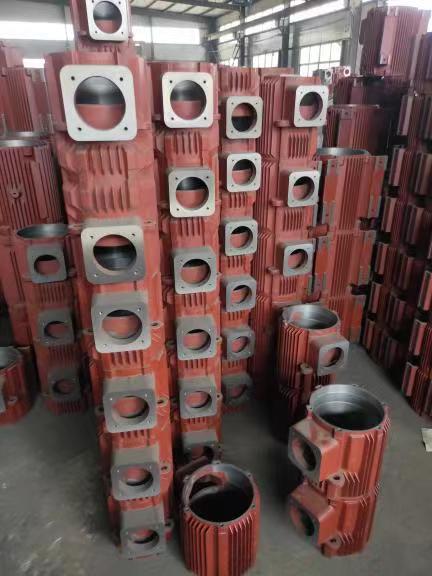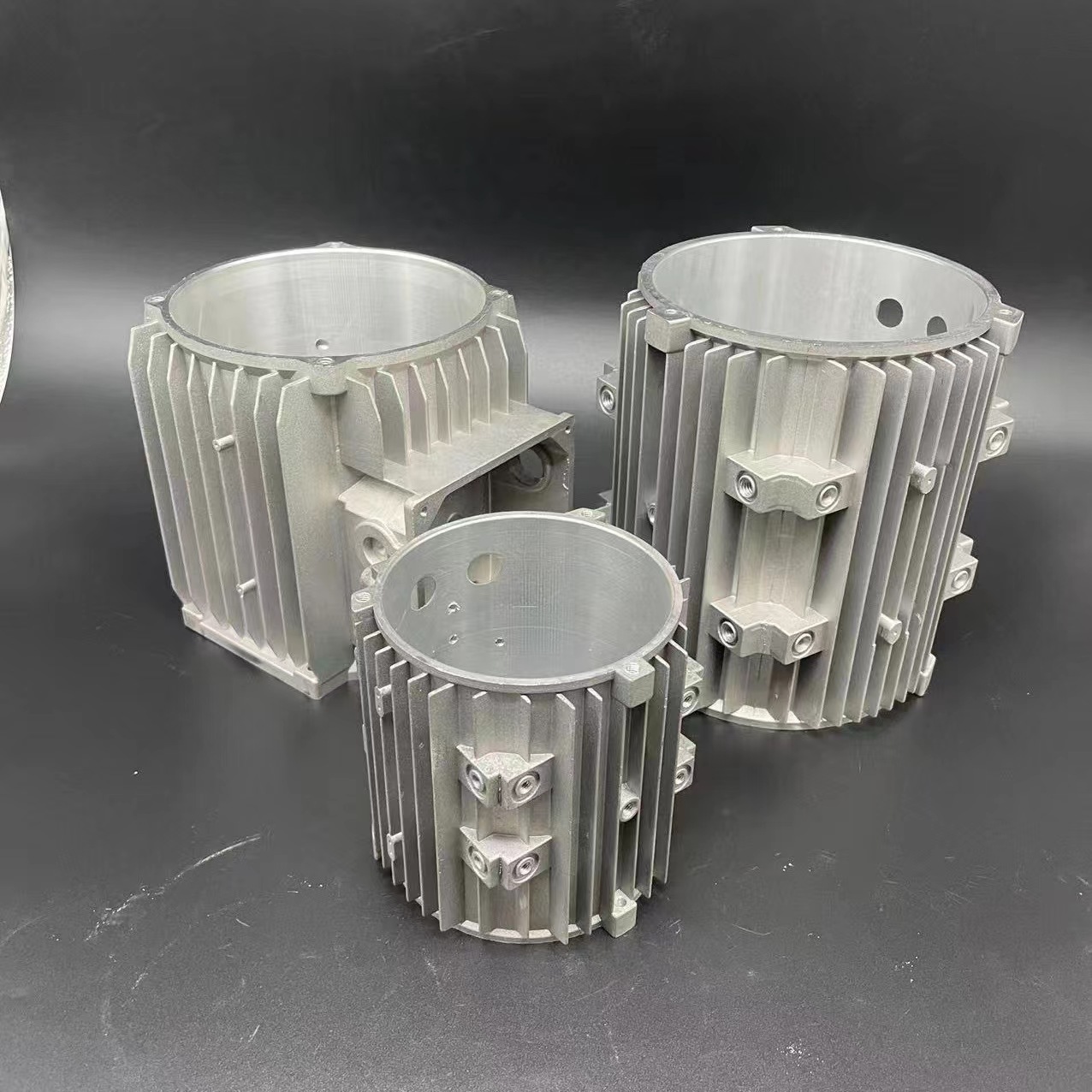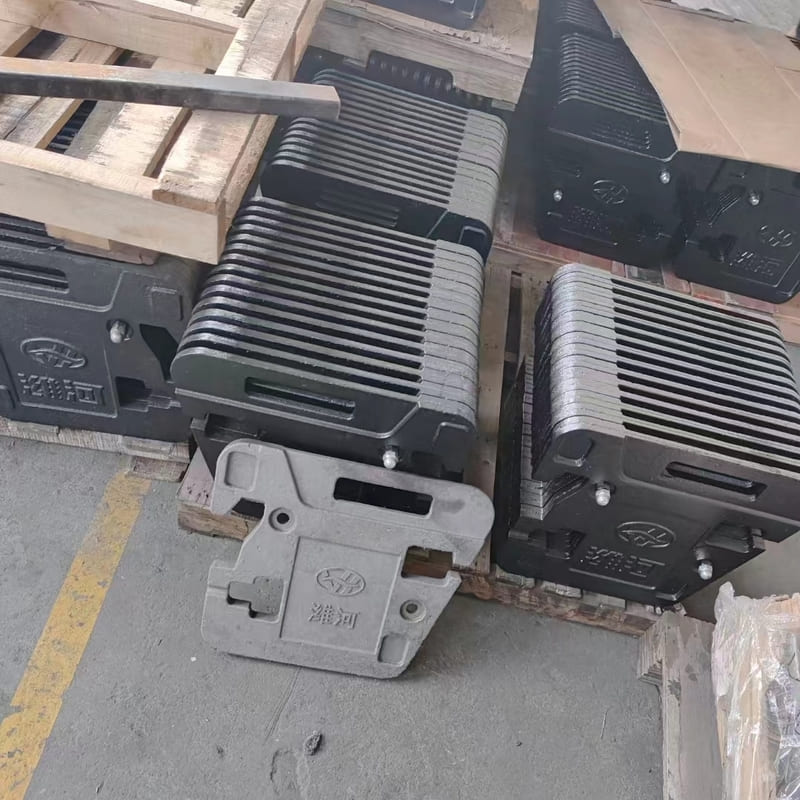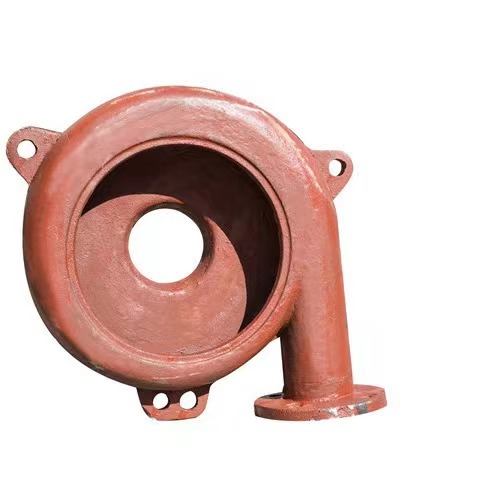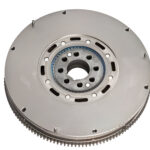Electric motor housing manufacturing is a precise and intricate process that involves several key steps to ensure the production of high-quality components for various applications. At KT Foundry, we pride ourselves on our expertise in electric motor housing manufacturing, utilizing advanced techniques and state-of-the-art equipment to deliver superior products to our customers.
- Design and Engineering: The manufacturing process begins with comprehensive design and engineering work. Our team of skilled engineers collaborates with clients to understand their specific requirements and design custom electric motor housings tailored to their needs. Using computer-aided design (CAD) software, we create detailed blueprints that serve as the foundation for the manufacturing process.
- Material Selection: Selecting the right materials is crucial for ensuring the durability and performance of electric motor housings. We work with a variety of materials, including aluminum, iron, and stainless steel, choosing the most suitable option based on factors such as strength, corrosion resistance, and thermal conductivity. Our expertise in material selection ensures that our electric motor housings meet the highest quality standards and exceed customer expectations.
- Pattern Making: Once the design is finalized, the next step is pattern making. Patterns serve as templates for the casting process, dictating the shape and dimensions of the final product. Using advanced pattern-making techniques, we create precise patterns that accurately replicate the desired electric motor housing design.
- Casting Process: The casting process is central to electric motor housing manufacturing. At KT Foundry, we employ various casting methods, including sand casting and die casting, depending on the complexity of the design and the material being used. During the casting process, molten metal is poured into the prepared mold cavity, where it solidifies to form the desired shape of the electric motor housing.
- Machining and Finishing: After casting, the electric motor housing undergoes machining and finishing processes to achieve the required dimensional accuracy and surface finish. CNC machining techniques are used to precisely shape and refine the housing, ensuring proper fit and function. Finishing processes such as sandblasting, polishing, and painting are then employed to enhance the appearance and corrosion resistance of the housing.
- Quality Control: Quality control is an integral part of the electric motor housing manufacturing process. At KT Foundry, we have stringent quality control measures in place to ensure that every housing meets our exacting standards. Through dimensional inspections, material analysis, and performance testing, we verify the integrity and functionality of each housing before it is released to the customer.
- Assembly and Packaging: Once the electric motor housings have passed quality control checks, they are assembled as per customer requirements and packaged for shipment. Our efficient assembly processes ensure that housings are ready for installation upon arrival, minimizing downtime and maximizing productivity for our customers.
At KT Foundry, we are committed to excellence in electric motor housing manufacturing. With our extensive experience, advanced technologies, and dedication to quality, we strive to exceed customer expectations and deliver superior products that meet the needs of today's demanding applications.

